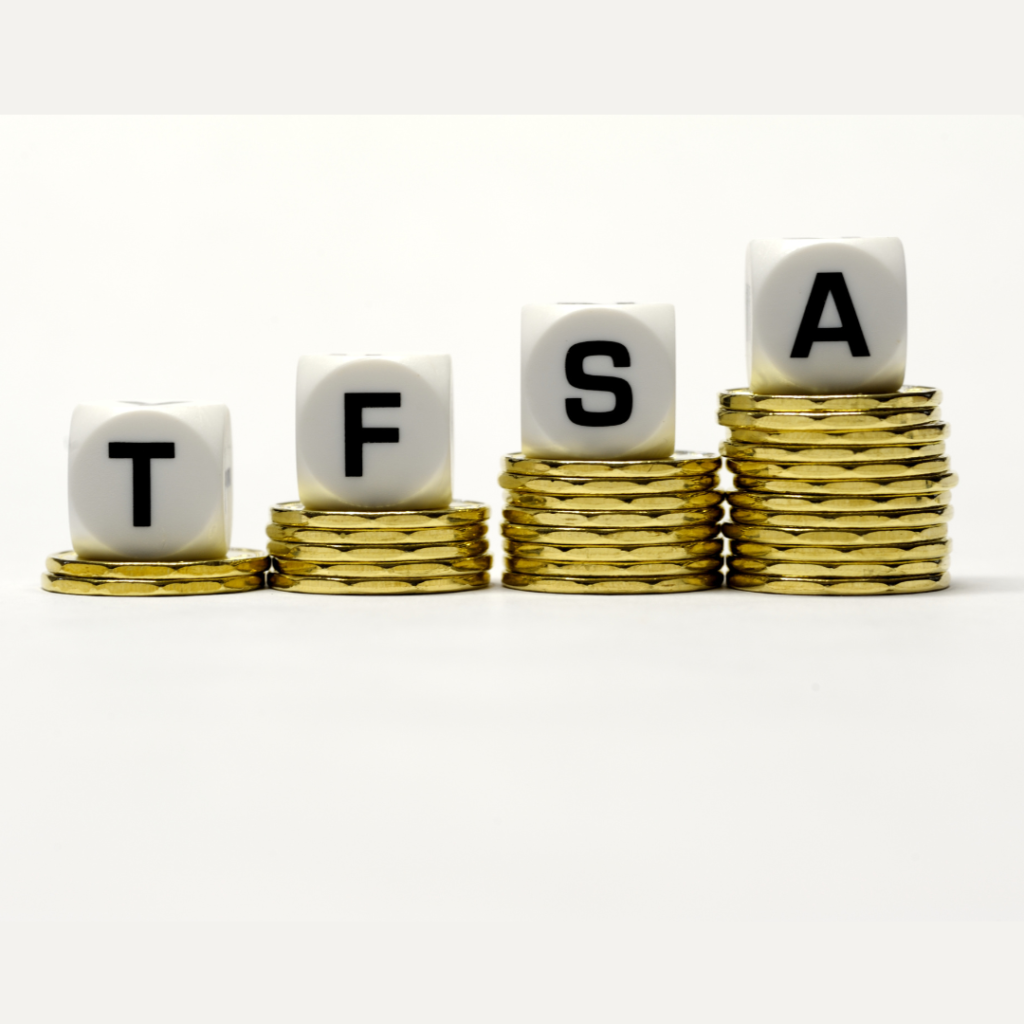URGENT ALERT: Please beware of fraudulent WhatsApp groups and other groups across Social Media pretending to be affiliated with Anchor and Anchor staff members. Do not engage with these malicious and fraudulent groups in any way. Please direct all queries to invest@anchorcapital.co.za.
UNLOCK TAX-SAVING STRATEGIES FOR YOUR FINANCIAL PORTFOLIO
A tax-free savings account
You can invest a lump sum into a tax-free savings account (TFSA) before the end of the financial year. The annual limit is R36,000, and any person (including minors) can have more than one tax-free investment. There is also a lifetime limit of R500,000 per person.
Pension, provident or retirement annuity funds
You can deduct up to 27.5% of your taxable earnings (a maximum of R350,000) p.a. on total contributions to retirement funding, including a pension, provident or retirement annuity (RA) fund. This can be done as a lump sum or by adding it to your existing RA, but it must be done before the end of February. Where the contribution to a pension or provident fund is made through your employer, the total (sum) of employee AND employer contributions count towards this deduction. This will result in you saving a significant amount on your annual taxes.

Donations tax
The first R100,000 donated each year of assessment by a natural person is exempt from donations tax. If you donate, for example, R180,000 to someone, it will be judicious to split the donation between February and March to take full advantage of the R100,000 p.a. exemption. The tax rate for donations below R30mn is 20%, and for donations above R30mn, it is 25%. Loans are exempt, and donations/gifts between spouses are also tax-free. Contributions to a registered charity also allow you to receive a tax deduction.
Capital gains tax
Capital gains tax (CGT) arises when you sell an asset on or after 1 October 2001 for proceeds that exceed its base cost. CGT is at a lower effective tax rate than ordinary income tax. Before 1 October 2001, CGT (and losses) were not considered. Not all assets attract CGT, and certain capital gains and losses are disregarded. CGT applies to individuals, trusts and companies. If you sell any investments, structure the transaction over two income tax periods. In that case, you could sell some in February using your annual R40,000 exclusion of the gain in the current tax year and then sell again in March (when the new tax year starts). By doing so, you can use the CGT exemption over two years for one transaction.

Know what you should be saving for retirement?
Use our retirement calculator to make sure you'll have enough money at the end of your working career.
Frequently Asked Questions
Contributions made to a retirement annuity are eligible for tax deductions, within specified limits. This implies a potential reduction in your taxable income, potentially leading to a refund from SARS at the conclusion of the tax year. Furthermore, both the income and capital growth accrued on your investment until retirement remain tax-free.
You can seek early retirement in the event of permanent disability. Additionally, a complete withdrawal of your investment may be possible if you have officially emigrated from South Africa, as recognised by the South African Reserve Bank (SARB), for exchange control purposes. This applies if your emigration application was submitted on or before 28 February 2021 and approved by the SARB on or before 28 February 2022. Alternatively, you may qualify for a complete withdrawal if you have not been a South African tax resident for an uninterrupted period of at least three years starting from 1 March 2021 or if you departed South Africa upon the expiration of a work or visitor’s visa. It’s important to note that taxes will apply to your withdrawal. Lastly, under specific circumstances, you may access your funds if the value of your investment falls below the minimum requirements stipulated at the time.
An advantage offered by a retirement annuity (RA) is the flexibility it provides when transitioning from an employer. You have the option to maintain your savings within the same RA independently, without the obligation to transfer
You will incur a penalty to SARS, amounting to 40% of any investment exceeding the established maximum limit. For example, if you invest R40 000, which exceeds the annual limit by R8 000, you will need to pay R1 600 (40% of the R4 000 excess) to SARS when you complete your tax assessment.
You have the flexibility to make withdrawals from your investment at your convenience. No penalties are incurred for withdrawals, although this is discouraged.
Capital gains tax (CGT) is calculated based on the gain realised from the sale or disposal of an asset. The basic formula for calculating capital gains tax is as follows:
Capital Gain = Selling Price − Purchase Price
The primary difference lies in the duration of asset ownership, with short-term capital gains taxed at higher ordinary income rates and long-term capital gains benefiting from potentially lower, preferential tax rates.
GET IN TOUCH
As the current tax year draws to a close, it’s crucial to evaluate and adjust your financial portfolio for maximum tax efficiency. With the right investment structuring strategies, you can significantly reduce your tax liabilities and enhance your wealth.
NAVIGATING CHANGE
Anchor understands that change is constant. So, we put the individual first and have organised our business to nimbly respond to the demands of an ever-changing world.


